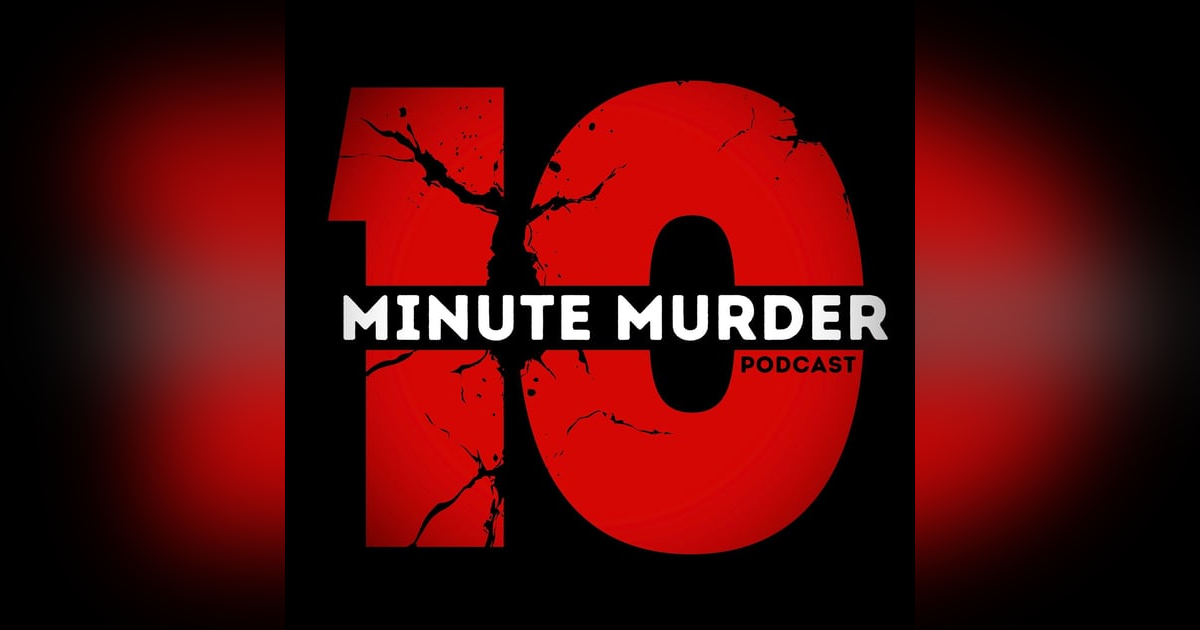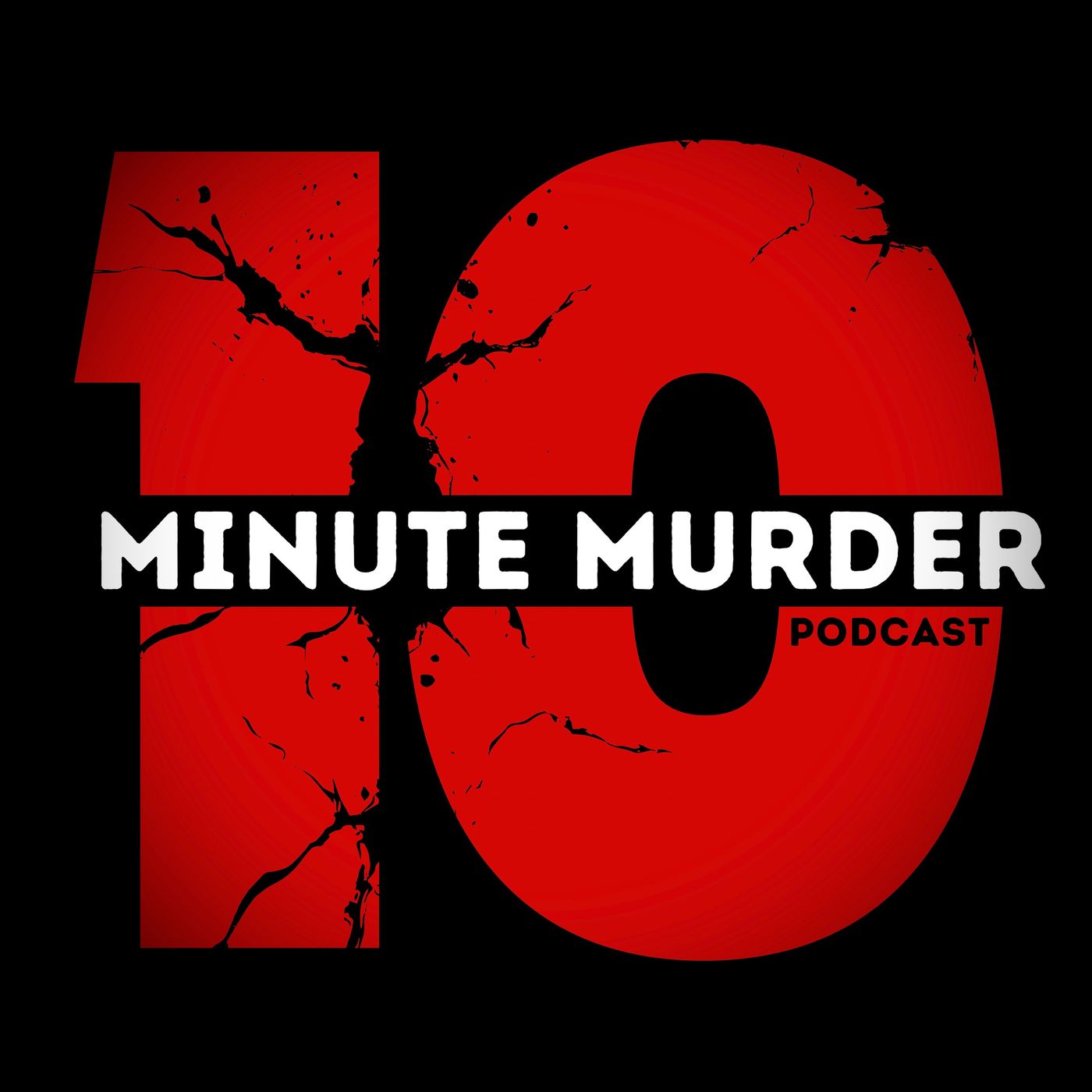Who Was the Skid Row Stabber?

Something Was Hunting the Forgotten on Skid Row
1978, downtown Los Angeles. The city’s heartbeat was loud, but in the background, barely audible to the people not paying attention, something much darker had started to stir. In the alleys, beneath overpasses, and in the forgotten corners of Skid Row, someone was preying on the people who had already been failed in every possible way.
Most of them didn’t have homes. If they were lucky, they had a blanket or a tarp. Maybe a shopping cart of things they called theirs. Many battled addiction. Many lived with untreated mental illness. And some were just people who’d been chewed up and spit out by life. Skid Row wasn’t where you started—it was where you landed when every other door slammed shut.
And then people started dying.
In October of ’78, police found fifty-year-old Jesse Martinez stabbed to death. No witnesses, no known enemies, no reason. Just gone. About a week later, thirty-two-year-old Jose Cortes turned up dead—same brutal end. And not long after that, it was forty-six-year-old Bruce Drake.
Something was happening. And the people it was happening to? Society barely noticed.
The Skid Row Stabber Steps Into the Crowd
Weeks passed, and the bodies kept showing up. Most were left where no one would notice them until morning—alleyways, behind dumpsters, tucked into the forgotten folds of the city. But then came Frank Garcia.
Frank wasn’t left in the shadows. He was murdered in broad daylight near City Hall, right in the middle of downtown. People were everywhere—hundreds of them. Yet somehow, the killer managed to vanish into the crowd like smoke. The only thing left behind was a handprint. No name. No weapon. Just proof that whoever this was didn’t care about being seen.
By the time the killings stopped in 1979, at least eleven people were dead. That’s just the official count—there could’ve been more. Skid Row isn’t exactly known for accurate recordkeeping when it comes to the homeless and the invisible.
The press finally gave the killer a name: The Skid Row Stabber.
But figuring out who he was? That was harder. A few people claimed they saw him, but their accounts didn’t carry much weight. Not because they didn’t care—but because they lived on the streets. And when you’re homeless, even your eyewitness status comes with an asterisk.
After the murder of a man named David Jones, three of his friends stepped forward. They said the man who killed him didn’t just walk up and attack—he talked to them first. Chatted for several minutes. Said his name was Luther. Described as a thirty-year-old Black man with a Puerto Rican accent, this guy hung around like he was just another face in the crowd—until he pulled a knife and turned a conversation into a murder.
A Message in a Bathroom, and a Man Named Bobby
Three months after David Jones was murdered, a note turned up in a public toilet at the Los Angeles Bus Terminal. Scrawled like a manifesto from someone who wanted credit for their crimes—but didn’t want to actually face anyone—it read:
“My name is Luther. I kill wine o’s. I put them out of their misery!”
So now we had a name from witnesses, and a weird toilet confession signed the same way. That was enough for police to start drawing a connection. But when they made their move, they didn’t grab a guy named Luther. They zeroed in on someone else entirely.
Enter: Bobby Joe Maxwell.
Bobby was 29, worked janitorial jobs when he could keep them, and had just relocated from Tennessee after a stint in prison. He’d moved in with his sisters in LA and, yes, he was known to hang out around Skid Row. Not to help people—just to lurk. His reputation wasn’t great, and it wasn’t improving.
In December ’78, not long after the first few Skid Row killings, Bobby was arrested. Cops said they found him standing over a man who was sleeping on the sidewalk, holding a knife. Not a great look. They charged him with “deviant behavior”—which is doing a lot of vague heavy lifting—and he spent a few weeks behind bars.
And here’s where it got messy: While Bobby was locked up, the killings stopped. When he got out? The final known murder happened. Add to that the handprint left at the Frank Garcia crime scene? It matched Bobby.
So, LAPD had a pattern, a print, and a guy with a sketchy background. That was enough. Bobby Joe Maxwell was arrested—again. This time, for murder.
Satanic Panic, a Sketchy Cellmate, and the Case Against Bobby Grows
When police searched Bobby’s place, they found a knife. Same size and length as the one used in the murders. Not the knife, just a knife that looked similar. But that wasn’t even the headline for detectives. What really got them buzzing was his diary.
Inside, they found pages of ramblings that leaned heavily into Satanic imagery. Dark, disturbing stuff—enough to make a prosecutor start connecting dots that weren’t necessarily close together. To the LAPD, this diary looked like motive on a silver platter. He wasn’t just violent, they said—he was doing it for the devil.
But the thing was… that was basically it. A knife that resembled the murder weapon and a diary that creeped people out. Nothing that actually placed him at the scene of the crimes. No eyewitnesses who weren’t already unreliable. No murder weapon. Just a vibe.
Then came the twist: Sidney Storch.
Sidney had been Bobby’s cellmate for three weeks. According to Sidney, Bobby spilled everything. Said he’d killed multiple homeless men as a sacrifice to Satan. Just told him flat out like they were sharing ghost stories before lights out.
Bobby denied ever saying that—or anything remotely like it. But Sidney’s testimony, plus those original witnesses who claimed to recognize Bobby from the night David Jones was murdered? That combo was all prosecutors needed.
And just like that, Bobby Joe Maxwell’s fate was basically sealed.
A Conviction Without Proof—and a Freedom Bobby Never Saw
In the end, Bobby Joe Maxwell’s trial was a mixed bag of verdicts. He was acquitted of three murders, five more ended in mistrials, but two stuck—first-degree murder with special circumstances. That bumped him into death penalty territory. His life was now in the hands of a jury that had to pick between the gas chamber and life without parole.
They chose life.
The jury wasn’t convinced enough to kill him, especially with the growing number of exonerations in death row cases. But the sentence matched the vibe of the entire case: a lot of uncertainty and even more what-ifs.
Some folks believed Bobby really was the Skid Row Stabber. Others looked at the evidence—or the lack of it—and started asking questions. Because here’s the truth: there was no hard evidence tying Bobby to the murders. No DNA. No fingerprints at multiple scenes. Just that one partial handprint from City Hall—and Bobby was known to hang around there. As for the knife they found at his place? It was the right size, sure, but that’s like saying someone with big shoes must be Bigfoot.
The case rested entirely on witness testimony—and that started falling apart fast.
The three men who’d originally ID’d Bobby as the guy who killed David Jones began backing away. One never got the chance—he was killed during the trial. The other two eventually admitted in 2010, more than three decades after Bobby’s conviction, that they’d been pressured by investigators to lie. Coerced into pointing the finger.
And then there was Sidney Storch.
Sidney wasn’t just a jailhouse snitch. He was a professional jailhouse snitch. He had a reputation for reading about high-profile cases in the papers, then claiming his cellmate confessed—and surprise, he just happened to know all the case details. He’d offer that “confession” in exchange for a reduced sentence. Which is exactly what he did in Bobby’s case.
Bobby swore he never told Sidney anything. But that didn’t matter. Sidney used headlines as a script, fed it to the cops, and walked out of prison early because of it. The jury never heard that part.
It took years for Sidney’s full scam to come out. He’d helped wrongfully convict at least six people before dying in prison himself. By the time anyone could do something about it, the damage was already done.
Eventually, with everything crumbling, an appellate court overturned Bobby’s conviction and granted him a new trial. But life had one more punch to throw.
Before that second chance could happen, Bobby had a massive heart attack. He fell into a coma and never woke up. His legal team kept fighting, kept hoping he’d come back around long enough to hear the good news.
The charges were finally dropped. Bobby Joe Maxwell was legally a free man after spending more than 30 years behind bars.
But he died without ever knowing he’d been exonerated. And we’re still left with the same question that haunted Skid Row back in 1978:
Who was the real Skid Row Stabber?










